Museo de la Muralla de Seúl (Hanyang Doseong) (한양도성박물관)
4.8Km 2023-08-28
Yulgok-ro 283, Jongno-gu, Seúl
La Muralla de Seúl, llamada Hanyang Doseong en coreano, fue construida con la finalidad de marcar el antiguo límite de Seúl e impedir las invasiones extranjeras, originalmente con una longitud total de 18,627 km. Ubicado en el punto inicial de la ruta de senderismo Sunseong, el Museo de la Muralla de Seúl es un espacio cultural que presenta la historia de esta muralla y su valor. Dispone de la sala de exhibiciones permanentes, la sala de exhibiciones especiales, el centro de información de la muralla y la sala de estudio.
Pabellón Nakseonjae (낙선재)
4.8Km 2021-09-28
Yulgok-ro 99, Jongno-gu, Seúl.
Este pabellón se encuentra dentro del palacio Changdeokgung. Es una estructura de 1 solo piso construida en el estilo tradicional. Tiene 6 kan (compartimientos) en el frente y 2 kan a los lados. Este pabellón fue levantado en 1846 e incluye los salones Seokbokheon y Sugangjae. Detrás de él, hay un jardín de flores con grandes rocas. Las chimeneas, las flores y el entorno conforman una escena muy pintoresca.
Hanboknam (한복남)
4.8Km 2025-07-11
Sajik-ro 133-5, Jongno-gu, Seúl
Nuwa [Korea Quality] / 누와 [한국관광 품질인증/Korea Quality]
4.8Km 2021-03-29
3-1, Pirundae-ro 5na-gil, Jongno-gu, Seoul
This hanok (traditional Korean house) is located deep in the Seochon Village, west of Seoul’s Gyeongbokgung Palace. Its tasteful renovation of a small 33 m2 hanok made it highly popular among the younger guests. The courtyard has a low maple tree and tastefully arranged stones, while the hanok is capable of accommodating up to 2 persons.
This L-shaped hanok has a full window wall facing the living room, which is furnished with a low walnut table and a bathtub. Visitors can enjoy premium tea at the table. The bathtub, which is connected to the table at one end, can be used mainly for a foot bath with bath salts that assist circulation. There is also a restroom in the building.
Nuwa’s bedroom has a circular window, much like the full moon, with a view of the garden and the fringes of the Inwangsan Mountain.
GOGHI (고희)
4.8Km 2021-03-26
17, Jahamun-ro 12-gil, Jongno-gu, Seoul
+82-2-734-4907
A good café to have a meal as it has a brunch menu as well as drinks. This cafe is located in Jongno-gu, Seoul. The representative menu is americano.
Templo Bongwonsa en Seúl (봉원사(서울))
4.8Km 2023-02-21
Bongwonsa-gil 120, Seodaemun-gu, Seúl.
El templo Bongwonsa es un templo budista milenario ubicado en las faldas del monte Ansan. Este fue construido en el lugar donde actualmente se encuentra la Universidad Yonsei, por orden de la reina Jinseong de Silla, siendo llamado Banyasa. Lamentable, la construcción original desapareció durante la Guerra de Imjin (1592–1598) debido a un incendio, y el templo de la actualidad es una nueva obra realizada en el año 1748, año desde el que es llamado Bongwonsa. Cada 6 de junio, en el templo Bongwonsa se organiza una ceremonia para desear la unificación de las dos Coreas. El Festival Cultural de las Flores de Loto es otra de sus celebraciones anuales.
Sala Conmemorativa Nacional del Gobierno Provisional de Corea (국립대한민국임시정부기념관)
4.8Km 2023-01-17
Tongil-ro 279-24, Seodaemun-gu, Seúl
Rakkojae Seoul Bukchon Hanok Hotel [Korea Qaulity] / 락고재 서울 북촌 한옥호텔 [한국관광 품질인증/Korea Quality]
4.8Km 2021-10-27
49-23, Gyedong-gil, Jongno-gu, Seoul
The main building in Seoul is a traditional Korean cultural space renovated by Jeong Yeong-jin, a human cultural asset, from a hanok with a history of 130 years. Traditional flags, fences, pavilions, chimneys, and jangdokdae are holding the blue sky with pine trees, creating a harmonious Korean-style house. Passing through the elegant tall gate, as you see the jangdokdae, a small but clean hanok will be revealed, and the pine trees and bamboo trees added to the natural beauty, while the loving Gomusin placed on the stone brings back beautiful memories.
Rakkojae is a place where the customs of the aristocrats in the past are melted in various places, creating a wonderful atmosphere by carefully reviving the pavilion, ponds, and daecheongmaru. Especially, Daecheongmaru adds the beauty of the margins of hanok to give you a sense of refreshment. As the old scholars did, sitting on the pavilion makes the time flow slow and the wind that passes over the Sotdae feels special.
In addition, you can experience the beauty of Korean tradition with various programs such as tea ceremony, jjimjilbang, royal robes, and kimchi-making along with traditional Korean food. Rakkojae's accommodation, reminiscent of a nobleman's house in the Joseon Dynasty, is well-kept and comfortable that it is comparable to a luxury hotel, and the natural jade-covered ondol rooms and firewood jjimjilbangs made of cheongito provide a healthy journey for many guests.
Hanok Guesthouse Dongchonchae [Korea Quality] / 한옥 게스트하우스 동촌재 [한국관광 품질인증/Korea Quality]
4.8Km 2021-03-26
21-10, Jahamun-ro 11-gil, Jongno-gu, Seoul
Built in 1939, Dongchonchae was designated as Seoul Well Hanok by the Seoul Metropolitan City in 2016. In 2020, this hanok (traditional Korean house) received the Certificate of KOREA QUALITY from the Korea Tourism Organization in the Heritage Hanok field in recognition of its historicity and quality of services. Dongchonjae is located in the western side of Gyeongbokgung Palace, at Seochon. When one passes through its main gate, one sees the yard, with anchae (women's quarters), sarangchae (men's quarters), and byeolchae (detached quarters) surrounding the plot. Anchae has four rooms, daecheong (wood-floored main hall), a kitchen, and a restroom. One of the rooms is used for tea ceremonies as well. Outside of the sarangchae and byeolchae, which are the living spaces for the owners, visitors have free access to the numaru (raised open floor) and the yard. The anchae’s rooms “Bom” and “Yeoreum” can accommodate 2 to 3 adults each, while the rooms “Gaeul” (Tea Room) and “Gyeoul” are optimal for two. The building is rented out as a whole, so no more than one group may stay in the building at any given time. Standard occupancy is four persons, and eight is the maximum number. There are two restrooms, one within the anchae building, one out in the backyard.
Cooking is not allowed in the kitchen, but guests are free to bring in outside food. Experience programs on offer include nighttime exploration of Seoul City Wall, tea ceremony, folk songs, and rice cake making. Additional payment is only required for rice cake making. Guests may choose between two types of complimentary breakfast: Korean, which comes with rice, soup, and three side dishes; and Western, which comes with bread, salad, and coffee. There are a 100-in screen and mini projector for film watching in the yard or daecheong. Towels, toiletries, hair dryer, bottled water, traditional tea, and capsule coffee are included. The kitchen is equipped with kitchen utensils, a microwave, and a coffee pot, enough for instant foods. Guests also have access to refrigerator and washing machine
Residencia Baek In-je (백인제가옥)
4.8Km 2025-04-18
Bukchon-ro 7-gil 16, Jongno-gu, Seúl
La Residencia Baek In-je está situada en Gahoe-dong. Este edificio conserva el estilo moderno de hanok diseñado durante la colonización japonesa. En un terreno amplia de 2.460 ㎡, la vivienda cuenta con habitaciones y jardines alrededor del salón principal. También hay un pequeño espacio separado para el descanso. La casa mantiene la belleza tradicional del propio hanok con remodelaciones. Así, es una de las representaciones arquitectónicas más conocidas del barrio de Bukchon, junto con la Residencia Yoon Bo-seon.
Diversas características destacan la casa construida en pino negral, presentado por primera vez en Seúl durante la Exposición de Gyeongseong en 1907. Por ejemplo, la Residencia Baek In-je está compuesta por un pasillo que une el salón y las habitaciones, lo que es peculiar en comparación con el hanok clásico. Por otro lado, el pasillo al estilo japonés, la habitación con esteras, el empleo de ladrillos rojos y ventanas de cristal reflejan el paisaje de la época. Asimismo, el salón suele ser de un piso, pero está dividido en dos plantas en esta construcción. Siendo un patrimonio cultural, este lugar agrupa toda la hermosura de hanok, permitiendo contemplar del jardín al salón, del patio al interior de la casa y del trasero del inmueble separado.
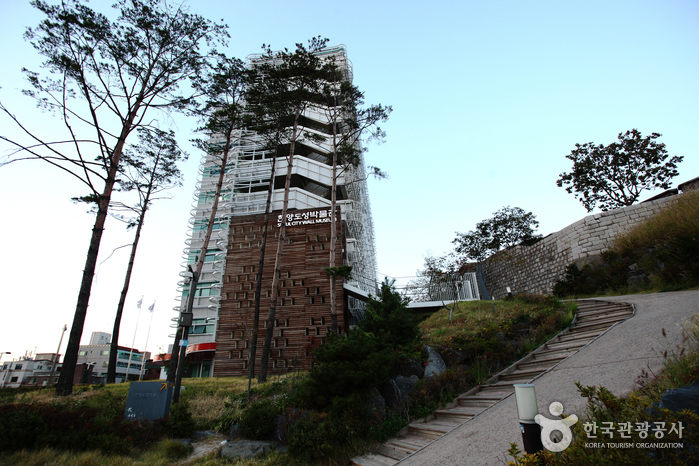
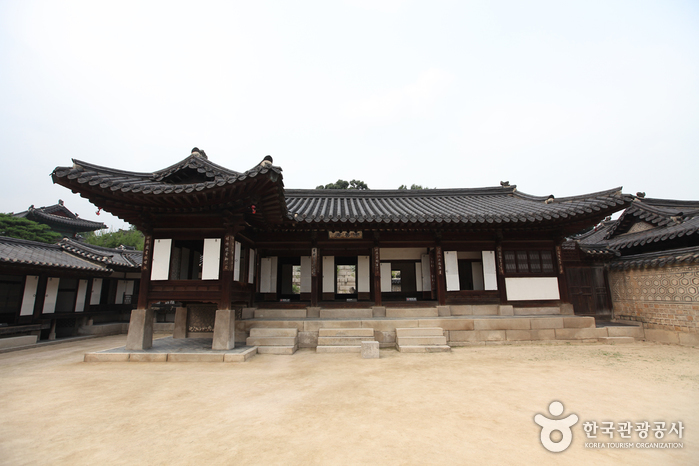
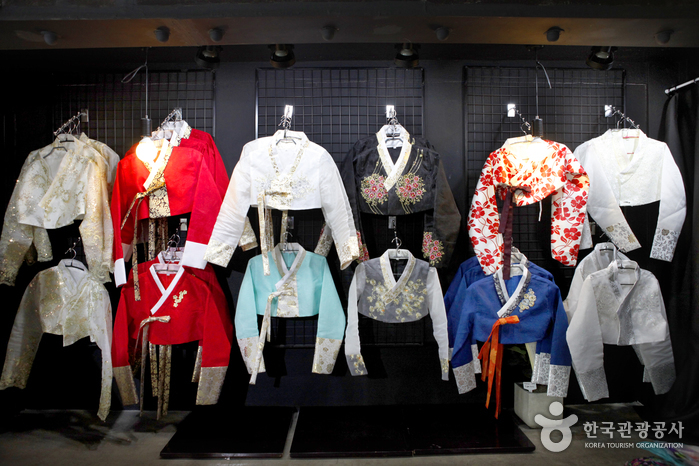
![Nuwa [Korea Quality] / 누와 [한국관광 품질인증/Korea Quality]](http://tong.visitkorea.or.kr/cms/resource/07/2707607_image2_1.jpg)
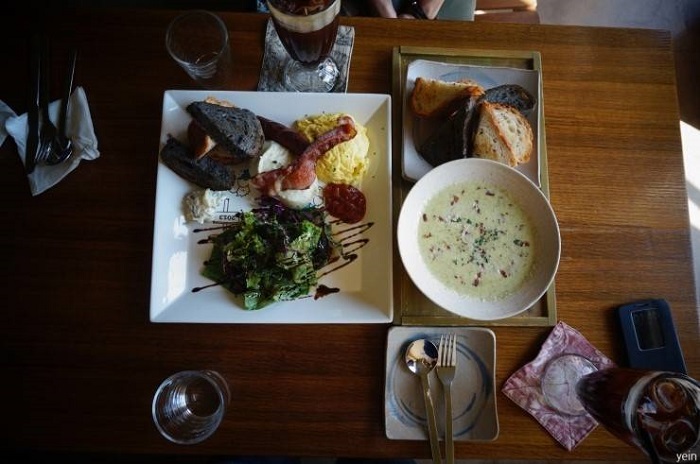
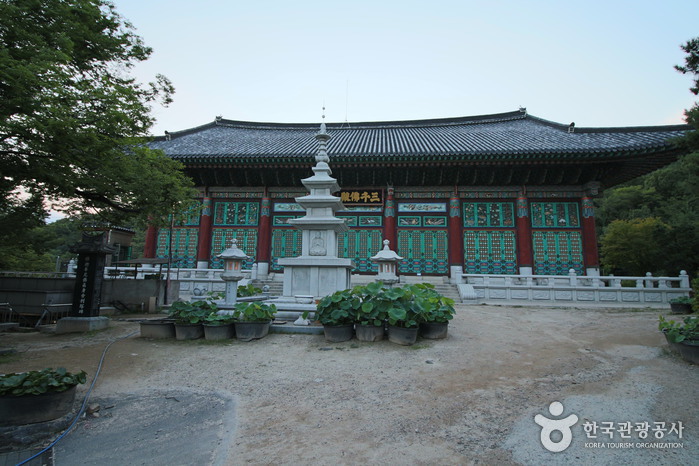

![Rakkojae Seoul Bukchon Hanok Hotel [Korea Qaulity] / 락고재 서울 북촌 한옥호텔 [한국관광 품질인증/Korea Quality]](http://tong.visitkorea.or.kr/cms/resource/40/2698240_image2_1.jpg)
![Hanok Guesthouse Dongchonchae [Korea Quality] / 한옥 게스트하우스 동촌재 [한국관광 품질인증/Korea Quality]](http://tong.visitkorea.or.kr/cms/resource/96/2705896_image2_1.jpg)
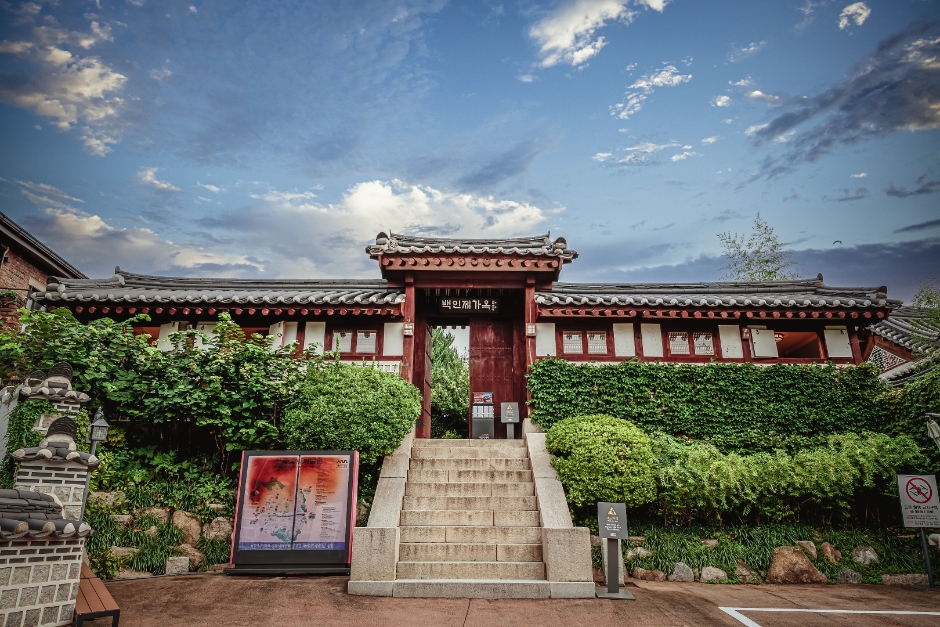
 Español
Español
 한국어
한국어 English
English 日本語
日本語 中文(简体)
中文(简体) Deutsch
Deutsch Français
Français Русский
Русский